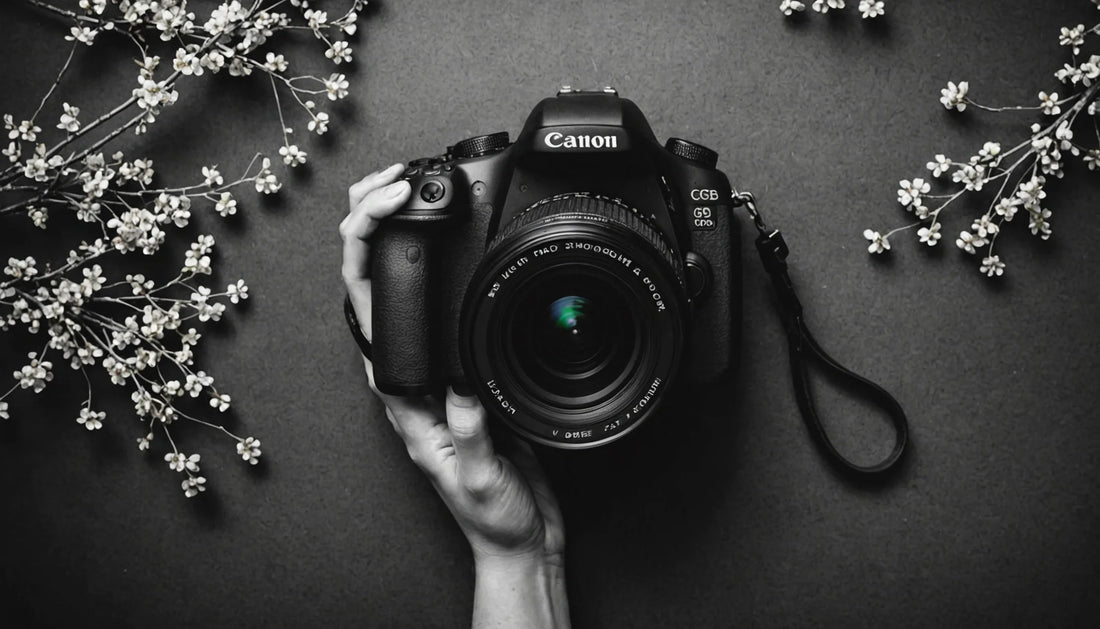Jackson Pollock played a key role in the history of modern American art. He was especially influential in the abstract expressionist movement. Pollock used a style known as “drip” painting, and his creations came in both black and white and others with color right across each and every Pollock print.
Pollock’s earlier paintings were predominantly in black and white including Number Twenty-Three, Echo and Number Seven. By 1952 he chose to switch back to his large-scale, full color formats with Convergence and Blue Poles.
Jackson Pollock’s alcoholism and bouts of intensive depression added to his fame across America, as he continued to paint in order to break away and distract himself from his own social problems. Van Gogh and many other artists have done similar. He sought therapy through his novel approach of drip painting, which included Number 1 (Lavender Mist).
Convergence displays Pollock’s emotions in abstract form, and shows them to be wild, with his innovative, multi-levelled imagination on full show. It was the best art form that he could find to thoroughly represent his turbulent mind which both haunted him, but also drove him to his best art.
Jackson Pollock had a unique method for creating his masterpieces, by circling around a huge canvas laid flat on the floor, as he would drip, pour and splash paints randomly on the canvas. This has since been termed action painting. Each painting would have large amounts of randomness, encouraged by his unconscious mind, with no consistent subject from one painting to the next. It was the birth of abstract painting as Pollock’s subconscious became unravelled in a fusion of works offering his freedom of imagination as a bizarre art form.
Another attraction to Convergence is Pollock’s suggestion that being an artist does not require certain technical skills and that all can access art themselves. He opened up art through the abstract movement which educated people into believing in the freedom of art, rather than preset ideas.
Abstract artists of the time, such as Pollock and Rothko, believed that traditional art could not portray their emotions vividly enough and so they followed this innovative path which was later to bring American painting to the forefront of international art, and lead New York into replacing Paris as the leader of the avant-garde art world.


